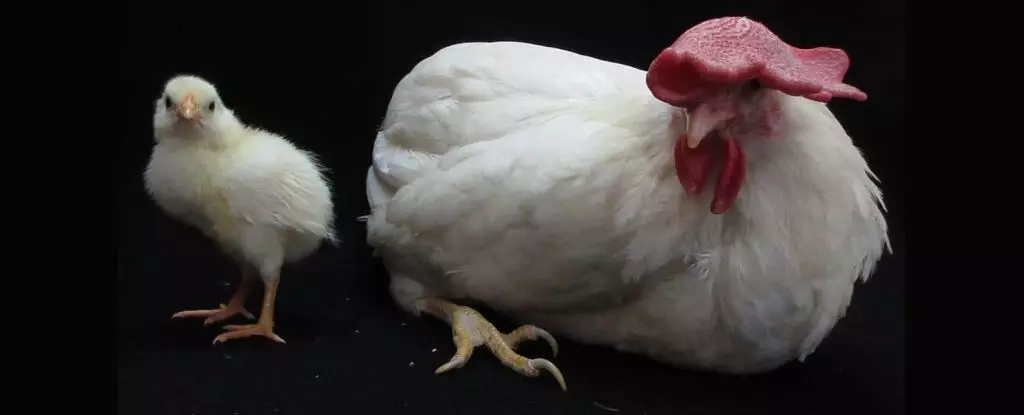The avian world stands as a testament to the extraordinary adaptability and evolutionary success of birds, the living heirs of the ancient dinosaurs. These creatures inhabit diverse ecosystems globally, each species showcasing a unique set of characteristics defined by their feathers, beaks, and behaviors. While much is known about their life cycles, a significant component remains enigmatic: the embryonic stage that occurs within the protective confines of an eggshell. Recent advancements, however, are illuminating this previously hidden phase of development, delivering profound insights into avian biology.
The quest to observe and understand the exact stages of avian embryonic development has driven scientists for decades. Traditionally, the opaque nature of eggshells presented a barrier to direct observation, hindering research into the intricate processes unfolding within. Yet, researchers have now pioneered a shell-less culture system (SLCS) that enables an unprecedented view into embryonic growth, allowing scientists to track the developmental journey of chicken embryos from zygote to hatchling.
Led by veterinary scientist Katsuya Obara and his team at Okayama University of Science, this groundbreaking methodology has proven effective in cultivating domestic white leghorn chicken embryos (Gallus domesticus) without the constraining eggshell. This innovation marks a significant turning point in the field of avian developmental biology. For the first time, researchers can observe the complete developmental trajectory of these embryos right up until hatching.
Exploring embryonic development through the SLCS approach hinges on creating an appropriate environment that mimics the natural conditions within an eggshell. The previous methods were fraught with limitations. An earlier attempt, initiated in 2014, involved cultivating embryos in a culture medium after they had briefly developed in an egg. This method yielded low hatch success rates and abnormal developmental patterns—key problems that the current research sought to rectify.
Obara’s team identified that a major factor for the compromised development was the desiccation of the yolk vitelline membrane, vital for protecting the zygote. To counteract this challenge, they ingeniously utilized a rotary shaker, which provided consistent movement and airflow while avoiding membrane dehydration. Such creative problem-solving exemplifies the innovative spirit that propels scientific research forward.
Through meticulous experimentation, the researchers established the optimum rotation speed of the shaker for successful embryo development. Their findings revealed that a rotation speed of 10 rotations per minute struck an ideal balance between promoting healthy growth and ensuring embryo survival. This phase of the experiment underscored the importance of finely tuning environmental factors to replicate natural incubation conditions. An unexpected discovery was that adding oxygen at various intervals had no significant effect on overall development.
The culmination of this research was an experimental protocol that involved both mechanical motion via the shaker and manual shaking of the culture vessel. This dual approach proved transformative, leading to notable increases in hatch rates. Statistical outcomes revealed that the combination of the shaker’s gentle motion, supplemental oxygen, and manual disturbance enhanced survival metrics from a mere 3.3% to 10.5%.
The implications of this novel SLCS provide avenues for advanced research that could extend beyond chickens. The visibility offered by the transparent culture system opens up new frontiers for monitoring avian embryonic development. Observers can now scrutinize the impacts of experimental treatments in real-time, providing invaluable data that could influence future approaches in veterinary medicine, evolutionary biology, and agricultural practices.
One of the most striking achievements of this study was the successful hatching of viable chicks, which were observed to grow under normal conditions—this operational validation of the shell-less system illustrates its reliability and potential applications.
The development of a shell-less culture system marks a revolutionary chapter in the understanding of avian biology. The ability to directly observe the complexities of embryonic growth not only enriches the field of avian science but also sets a precedent for innovative research methodologies in other areas of developmental biology. This achievement enhances our appreciation for the biological processes that govern life and opens new possibilities for enhancing the health and sustainability of poultry species. As scientists continue to refine and expand upon these techniques, the door is wide open for transformative discoveries that could echo across various biological disciplines.


Leave a Reply